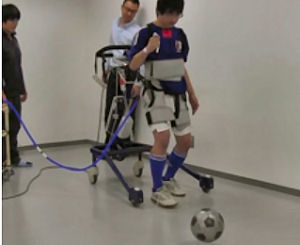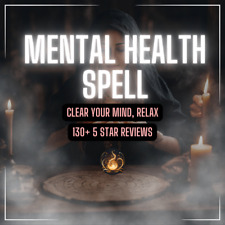
University of Rochester computer scientists have developed innovative software that turns smartphones into mental health monitoring devices. Describing the project at this week’s American Association for Artificial Intelligence conference in Austin, Texas, researcher Jiebo Luo said the program analyzes “selfie” images and videos taken as the user engages with social media.
Rather than direct interaction with the software, Luo explained that his team’s approach is to “quietly observe your behavior” while using either a phone or computer. He adds that the program is; “unobtrusive; it does not require the user to explicitly state what he or she is feeling, input any extra information, or wear any special gear.”
The researchers are able to analyze the image data to extract a number of “clues,” such as heart rate (by monitoring very small, subtle changes in the user’s forehead color), blinking rate, eye pupil radius, and head movement rate. At the same time, the program also analyzed both what the users posted on Twitter, what they read, how fast they scrolled, their keystroke rate and their mouse click rate.
To calibrate the system, Luo and his colleagues enrolled a test group and; “sent them messages, real tweets, with sentiment to induce their emotion.” This allowed the researchers to gauge how subjects reacted after seeing or reading material considered to be positive or negative.
They then compared the combined monitoring with the users’ self reports about their feelings to find out how well the program actually performs. The combination of the data gathered by the program with the users’ self-reported state of mind (called the “ground truth”) allowed the researchers to train the system.
The program then begins to understand from just the data gathered whether the user is feeling positive, neutral or negative. Luo says that he hopes to add extra sensitivity to the program by teaching it to further define a negative emotion as, for example, sadness or anger.
Luo concedes that the program raises ethical concerns that need to be considered. Using this system means; “effectively giving this app permission to observe you constantly,” but adds that the program is designed for the use of the user only and does not share data with anyone else unless otherwise designated by the user.
Related:
Discuss this article in our forum
Scientists map mental illness’ effects on life expectancy
Can probiotics treat depression?
Software scans family photos to diagnose rare disorders
Decoded smartphone movements reveal transport mode


















Comments are closed.